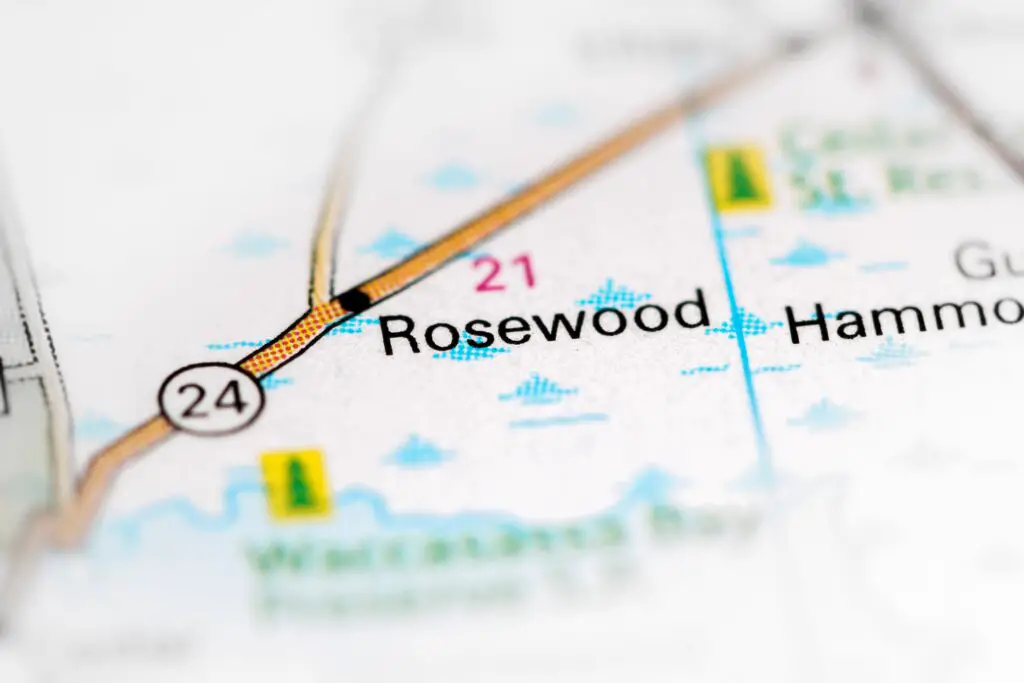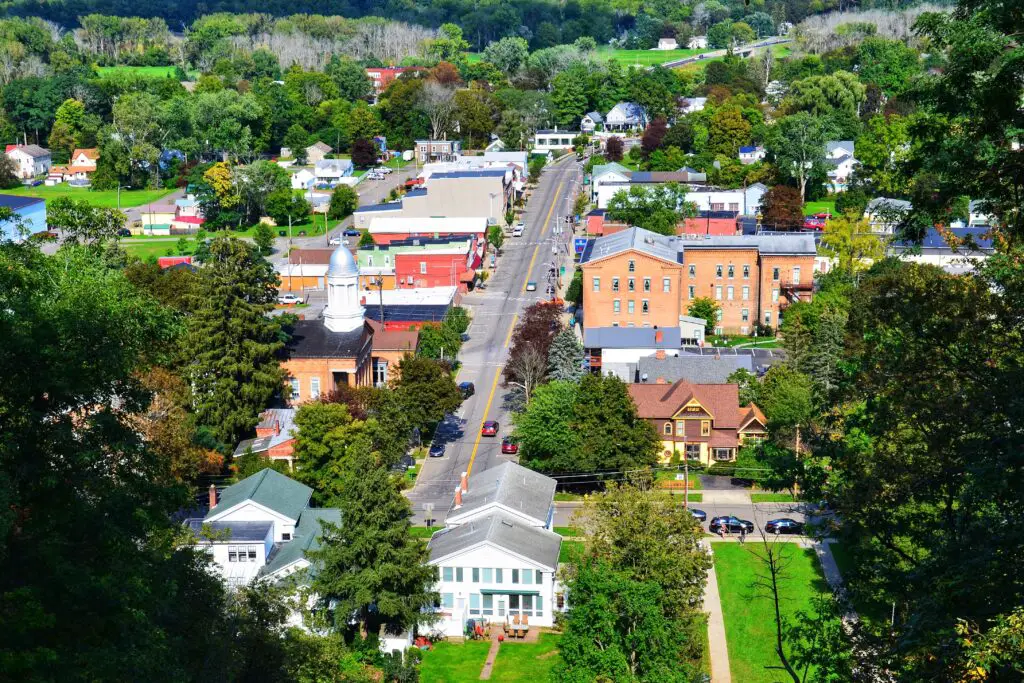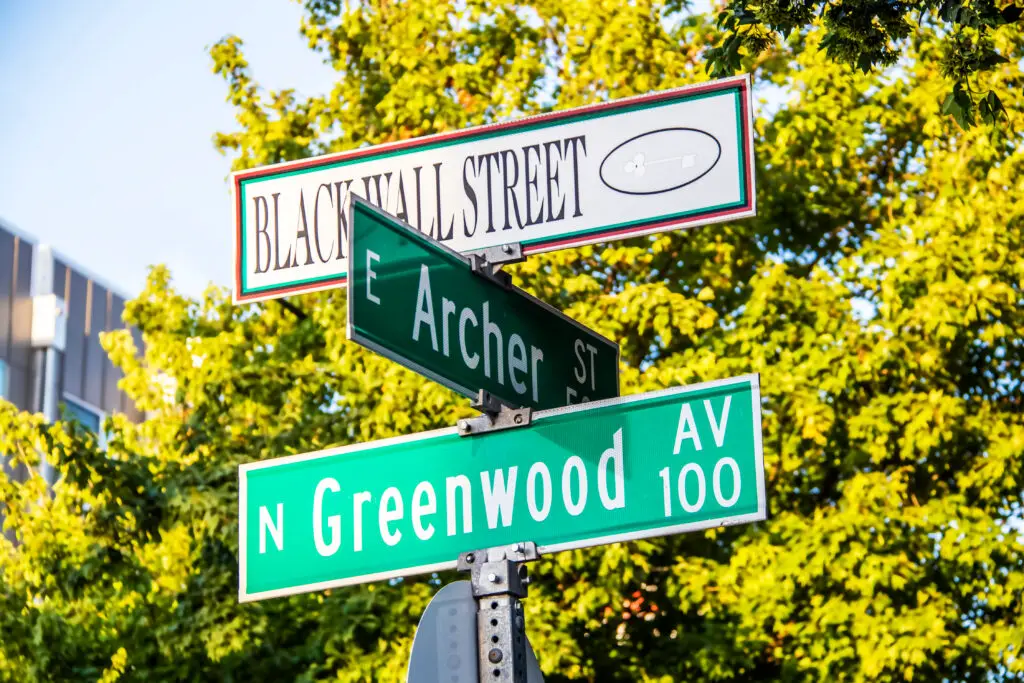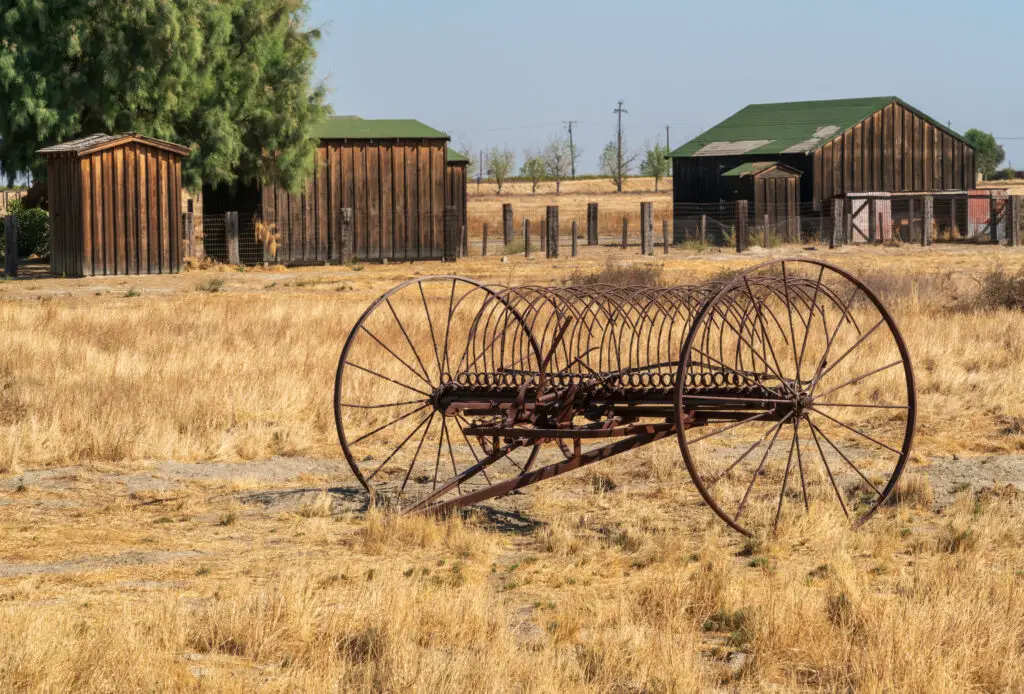1. Rosewood, Florida

Rosewood was once a thriving Black community, full of hard-working families and local businesses, nestled in central Florida. The town’s story took a tragic turn in 1923 when a racially motivated massacre destroyed it. The violence erupted after a white woman falsely accused a Black man of assault, sparking an attack by a white mob that left much of the town in ruins. Despite being a close-knit and prosperous place, Rosewood was burned to the ground, and its residents fled for their lives. Many of the survivors never returned, leaving behind a ghost town says WUFT.
In the years that followed, Rosewood was largely erased from history, with little recognition of the atrocities that occurred there. It wasn’t until the ’90s that the state of Florida acknowledged the massacre and provided compensation to survivors and their families. Today, there is a small memorial at the site, but much of the history is still buried. The loss of Rosewood serves as a painful reminder of the systemic violence that Black communities have often faced in America.
2. Seneca Village, New York

Seneca Village was a vibrant, predominantly Black neighborhood in what is now Central Park in New York City. Established in the early 19th century, it was home to many free Black people who owned land and ran businesses. The community was built on the hope of owning property and living independently during a time when that was nearly impossible for Black Americans. But in 1857, the city used eminent domain to seize the land and displace its residents, clearing the way for the creation of Central Park shares Substack.
The forced removal of Seneca Village residents left them with few options for resettlement. Many were forced into overcrowded areas of the city, further exacerbating their struggles. Seneca Village, with its strong sense of community and history, was erased, its stories hidden beneath the park’s manicured lawns. It wasn’t until decades later that the site was rediscovered through archaeological efforts, but the people who once called it home remain largely forgotten.
3. Black Wall Street, Oklahoma

Black Wall Street was the heart of Tulsa’s Greenwood District, a thriving community known for its Black-owned businesses, schools, and hospitals. In the early 1920s, it was one of the most prosperous Black neighborhoods in the United States. However, in 1921, the peaceful neighborhood became the target of a violent attack by a white mob after a false accusation involving a Black man and a white woman. Over 1,000 homes and businesses were burned, and as many as 300 Black residents were killed, leaving Black Wall Street in ruins adds BET.
The aftermath of the massacre led to years of silence and denial. The city and state worked to suppress the memory of what had happened, offering little to no justice for the victims. Black Wall Street’s destruction represented not only the loss of lives but the erasure of an entire community’s achievements. For decades, the true story was hidden from mainstream history, only to be revealed through the perseverance of survivors and activists who refused to let it be forgotten.
4. Allensworth, California

Allensworth, California, was established in 1908 as a safe haven for Black people in the midst of racial segregation in the United States. Founded by Colonel Allen Allensworth, it was the first town in California to be entirely founded, financed, and governed by African Americans. The town flourished for a time, with schools, businesses, and agriculture providing for the community. It was a symbol of Black self-sufficiency and empowerment during a time when such opportunities were scarce explains Thrillist.
Unfortunately, Allensworth’s prosperity was short-lived. In 1914, the Southern Pacific Railroad diverted its tracks away from the town, cutting off its vital source of transportation and trade. The town began to decline rapidly, and by the 1930s, it was abandoned. Despite its potential, Allensworth never fully recovered, and today, the site is a state historic park, a reminder of what was lost in the face of economic and racial challenges. Though small, the legacy of Allensworth still resonates with those who remember its vision for Black autonomy.
